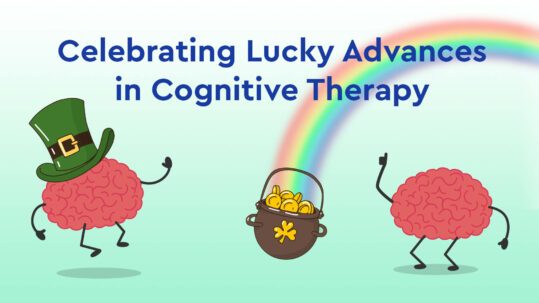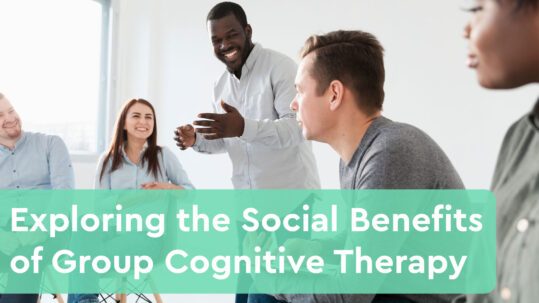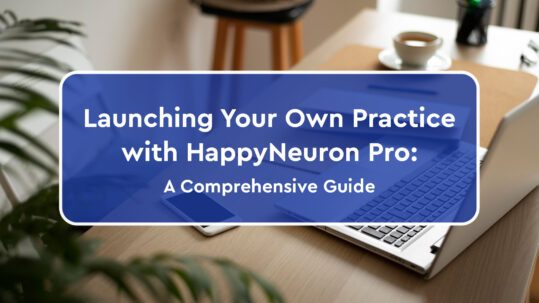What is NEAR?

Psychiatrists were in need of a model of therapy that promoted not only the education of cognitive skills to the client but also the connection and application of these cognitive skills to a client’s everyday life. That is where NEAR came in. NEAR or the neuropsychological educational approach to remediation was founded by Dr. Alice Medalia of Columbia University during the 2000s. NEAR was originally designed and used for remediating the cognitive complications resulting from schizophrenia, but many clinical populations can benefit from a NEAR model of therapy. In this blog post, we elaborate on what NEAR is and how it works.
What is NEAR?
NEAR is a model of therapy that combines the practice of cognitive skills with real-world implementation of practiced cognitive skills and therapeutic discussion. Clinicians providing NEAR may use a variety of printable and digital cognitive therapy tools to help their clients practice cognitive skills.
How does NEAR work?
Typically, clinicians providing NEAR do so in a group therapy setting. The clinician would start the session by discussing a common goal relating to a cognitive skill that all of the members in the group are trying to improve on. After establishing commonality, the group then transitions to the practice of the cognitive skill of interest. As mentioned, clinicians may use a variety of printable and digital cognitive therapy tools to help their clients practice cognitive skills.
For the use of digital cognitive therapy tools in a group setting, clinicians may use a computer lab and set up each client with their own work station. Clients would perform the digital cognitive therapy exercises assigned to them by their clinician as the clinician proctors and can offer guidance when needed by the clients. Clients are encouraged to focus on the exercises at hand and ask for assistance when they are in need of guidance.
After print or digital cognitive therapy exercises are completed by the group, the clinician would provide time to discuss the strategies learned during the practice session. Clients would discuss what strategies they used to complete the digital cognitive therapy exercises, which strategies were effective, and which ones they tried but could improve upon. The discussion allows clients to learn from each other and learn strategies that they can use in the future.
Next, the clinician would guide the clients to perform a hands-on learning experience. This part of the session is referred to as bridging, or the connection of practiced cognitive skills to a real-world situation. Bridging is very important, as clients may not understand how their therapy connects to their life. By performing bridging activities, clients can understand the purpose of the practice session, apply learned strategies to real-world situations that they encounter, and learn which strategies they have difficulty transferring to the real-world. Some bridging activities clinicians may do include planning a dinner with friends or booking transportation to a travel destination.
Because there are so many activities performed during a NEAR session, NEAR sessions last about 90 minutes. Sometimes, clinicians can provide shorter or longer therapy sessions. The timing of sessions depends on many factors, but clinicians can make adjustments where necessary so to provide their clients with enough time to receive the needed intervention. While NEAR is typically done in a group setting, individual NEAR sessions can be run in a similar fashion. During the COVID-19 pandemic, some clinicians providing telepractice therapy have gotten creative and provided a NEAR like model of therapy using video-conferencing and digital cognitive therapy tools.
Is there resources available to learn more about NEAR?
Conclusion
NEAR is a model of therapy that combines the practice of cognitive skills with real-world implementation and discussion. NEAR can be provided by licensed clinicians who work with different clinical populations. While typically conducted in group therapy settings, adaptations can be made to provide NEAR in a way that is accessible for the client in need of services. There are books and research articles available that describe in detail the conduction and effectiveness of NEAR. Clinicians who are interested in providing NEAR may want to review these resources to learn how to provide NEAR to the communities that they serve.









